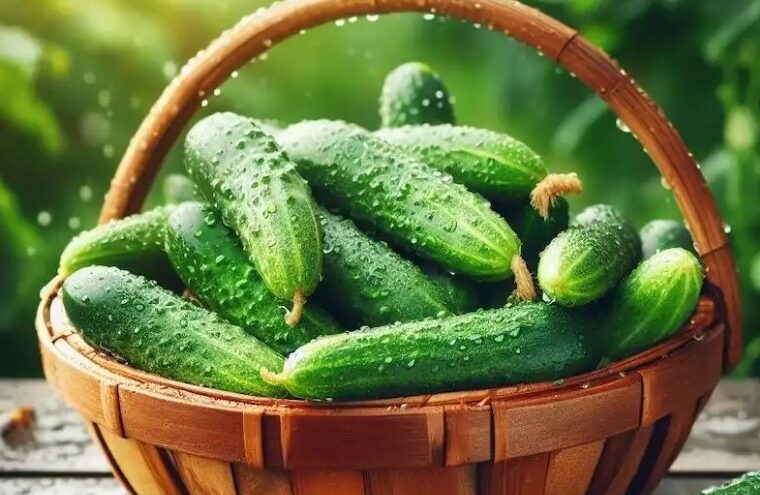4. Water and Nutrition:
- Watering: Cucumbers require consistent moisture, especially during hot and dry periods. Water deeply and frequently to keep the soil consistently moist but not soggy.
- Fertilization: Apply a balanced fertilizer (10-10-10) at planting time and side-dress with compost or manure every 3-4 weeks.
- Mulch: Apply a layer of organic mulch (straw, hay, or wood chips) around the base of the plants to help retain moisture and suppress weeds.
5. Trellising and Support:
- Trellising: Vining cucumber varieties benefit greatly from trellising. Use stakes, cages, or trellises to provide vertical support for the vines.
- Training: Train the vines to grow vertically by gently tying them to the support structure. This allows for better air circulation and reduces the risk of fungal diseases.
6. Pollination and Fruit Development:
Cucumbers require pollination to set fruit. Here’s how to ensure successful pollination:
- Pollinators: Attract pollinators (bees, butterflies) to your garden by planting flowers that provide nectar and pollen.
- Hand Pollination: If pollinators are scarce, you can hand-pollinate the flowers by gently transferring pollen from the male flowers to the female flowers using a small brush.
7. Harvest Time:
- Harvesting: Harvest cucumbers when they are young and tender. For pickling cucumbers, harvest them when they are about 2-3 inches long. For slicing cucumbers, harvest when they are 6-8 inches long.
- Regular Harvesting: Regular harvesting encourages the plant to produce more cucumbers.
8. Pest and Disease Control:
TO CONTINUE READING SEE NEXT PAGE




